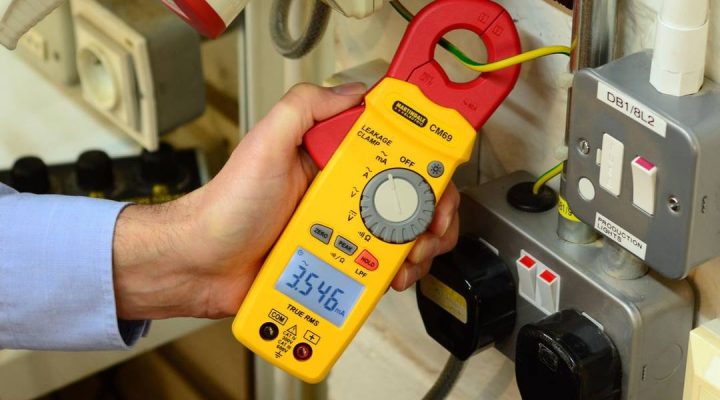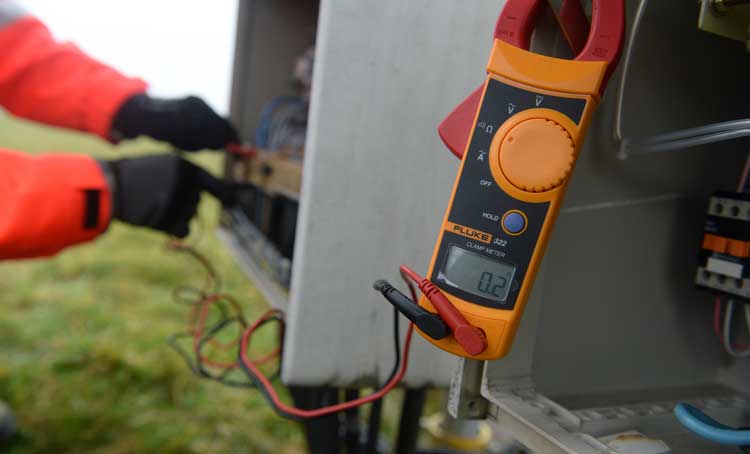
Checking for electricity leakage at home is an important part of keeping your home and family safe. Leaks can lead to electric shocks, fires, and other dangerous situations. Fortunately, there are a few simple steps you can take to check for electricity leakage in your home. First, inspect your home’s wiring and outlets to make sure they are securely connected and in good condition. Next, make sure all of your appliances and electronics are in good working order and that the cords are not frayed or damaged in any way. Finally, use a voltage tester to check for potential electricity leakage in your home. This device will measure the electrical current in your home and alert you to any potential issues. Following these steps can help you identify any electricity leakage in your home before it becomes a serious problem.
Identifying the Signs of Electricity Leakage
Electricity leakage is a serious safety hazard in homes and businesses. Identifying the signs of electricity leakage can help you avoid potential danger and costly repairs. Common signs of electricity leakage include flickering lights, electrical shocks, buzzing sounds, warm or hot electrical outlets, and a burning smell. If you experience any of these symptoms, you should immediately shut off the electricity source and contact a qualified electrician to address the issue. Additionally, regularly inspecting your electrical wiring, outlets, and appliances can help you detect early signs of electricity leakage and prevent further damage. Don’t let electricity leakage be a safety hazard in your home or business; be proactive and identify the warning signs today.
Testing for Electrical Leakage
Electrical leakage testing is an important part of ensuring the safety of electrical systems and is relevant for both new installations and when switching electricity providers. It involves testing to ensure that power is not leaking from the system, thereby preventing electric shock and fire. Electrical leakage testing involves using a leakage current tester to measure the current flowing between electrical components and the ground. If the current is too high, the system may be unsafe and require corrective action. Leakage current testing is a critical part of the design and maintenance of any electrical system.

Investigating Areas of the Home Susceptible to Leakage
When it comes to keeping your home safe, investigating areas of the home susceptible to leakage is key. Through careful inspection and maintenance, you can identify potential problem areas and prevent costly damage from water, gas, or air leaks. Start by inspecting the foundation and walls for cracks, gaps, or other signs of water damage. Check for any visible signs of water or moisture in the attic, basement, or crawl spaces. Check around windows and doors for signs of air infiltration. Finally, inspect the plumbing system for signs of corrosion or leaking pipes. With a little effort and knowledge, you can keep your home protected and secure from leakage.
Preventative Measures to Reduce Electricity Leakage
We often underestimate the amount of energy that is wasted through leaks in our energy systems. This energy leakage can add up to a significant amount of money wasted over time, so it’s important to take preventive measures to reduce electricity leakage. Some key steps to take include regularly scheduling maintenance checks on your electrical system, ensuring that all light switches and outlets are functioning properly, and investing in efficient energy-saving technologies such as LED light bulbs. Taking these steps can help you save money on your energy bill while also reducing your carbon footprint.
Troubleshooting Electrical Leakage Problems
When it comes to troubleshooting electrical leakage problems, it is important to first identify the source of the issue. Leakage problems can often be caused by faulty wiring, loose connections, or damaged insulation. Start by inspecting the wiring and connections to make sure that everything is secure and in good condition. If any parts need to be replaced, be sure to use the proper tools and safety equipment. Also, check for any signs of damage that could be causing the leakage. Once the source of the problem is identified, you can then take the necessary steps to resolve the issue. When dealing with electrical leakage, it is important to take all necessary safety precautions to ensure that you are not putting yourself in any danger.
1. How often should I check for electrical leakage at home?
It is recommended to check for electrical leakage at home at least once every month.
2. What are the signs of an electrical leakage at home?
Signs of an electrical leakage at home include flickering lights, buzzing or humming noises coming from the electrical outlets, and a burning smell near the outlets.
3. What should I do if I detect an electrical leakage at home?
If you detect an electrical leakage at home, it is important to turn off the main electrical switch immediately and contact a qualified electrician to inspect and repair the issue.
Conclusion
Checking for electricity leakage at home can help you save energy and money, while also protecting your home from potential fire hazards. Electricity leakage can be checked by using a circuit tester, checking for loose connections, and using a current detector. Make sure to check all outlets, switches, and appliances for electricity leakage to ensure your home is safe.
Leave a Reply